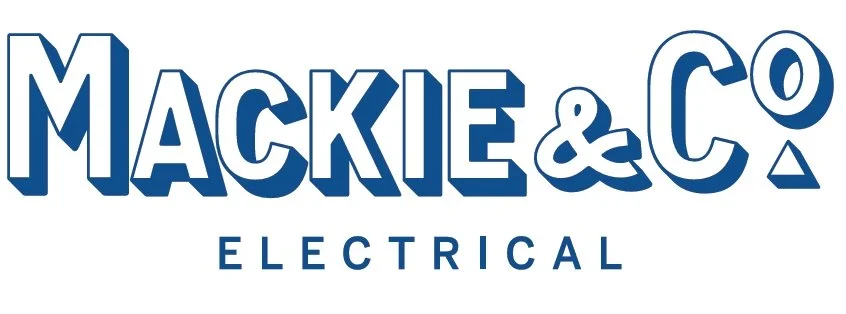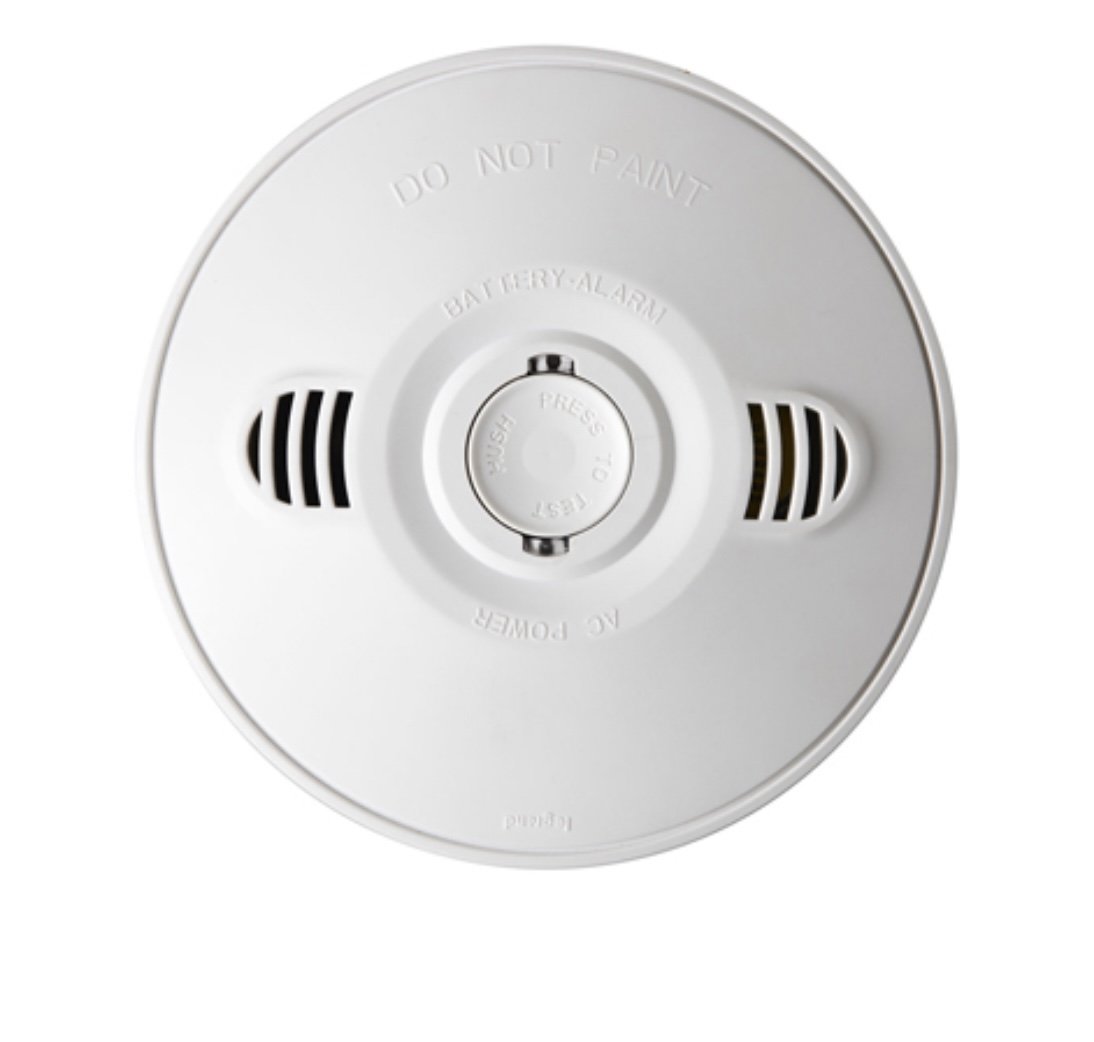SMOKE ALARM INSTALLATIONS
We have a pricelist for new & upgrade installations here ready to go
https://mackiecontracting.com/smoke-alarms
From 1st January 2027
Smoke alarms in all dwellings must:
i) be photoelectric (AS 3786-2014); and ii) not also contain an ionisation sensor
be less than 10 years old; and iv) operate when tested
be interconnected with every other smoke alarm in the dwelling so all activate together. Smoke alarms must be installed on each story
In Queensland, it is now a requirement that all homes have working smoke alarms. This is a life-saving measure that can help to protect people from being injured or killed in a house fire. Smoke alarms provide an early warning system that can give people time to escape from a burning building. They are required to be placed on every level of the home, as well as in all bedrooms and sleeping areas. It is also important to test smoke alarms regularly and to replace them every 10 years. By law, all new homes must be fitted with smoke alarms before they can be occupied. This life-saving measure is just one way that Queensland is working to keep its citizens safe.
If you are a homeowner in Toowoomba, it is your responsibility to make sure that your smoke alarms are working properly. If you need to install new smoke alarms, or if your existing ones need to be replaced, you should contact a qualified electrician in Toowoomba. A professional electrician will be able to advise you on the best type of smoke alarm for your home, and they will also be able to install it correctly. Existing smoke alarms manufactured more than 10 years ago, as well as any smoke alarms that do not operate when tested, must be replaced with photoelectric smoke alarms that comply with Australian Standard 3786–2014.
Smoke alarms can be powered by either batteries or mains electricity. If you choose to use batteries, it is important to check them regularly and to replace them according to the manufacturer's instructions. 9-volt removable batteries are legal until 1 January 2022 for rentals or home sales and until 1 January 2027 for owner occupied residences (unless the initial building approval required otherwise). Replacement smoke alarms must comply with Australian Standard AS 3786 -2014.
Mains-powered smoke alarms are generally more reliable, but they do require professional installation.
If an existing hardwired smoke alarm is being replaced, it must be replaced with another hardwired smoke alarm.
If you are renting a property, it is the responsibility of the landlord or agent to make sure that smoke alarms are fitted and working properly. If you have any concerns about the safety of your rental property, you should contact the landlord or agent immediately.
If you are planning to buy a new home, it is important to check that it has working smoke alarms fitted. This life-saving measure could potentially save your life, or the life of a loved one. For more information about Queensland's smoke alarm laws, you can visit the website of the Queensland Government.
What's required by Law?
A When it's time to replace your property's alarms, they must:
be photoelectric and comply with Australian Standard 3786-2014
not contain an ionisation sensor; and
be less than 10 years old; and
operate when tested; and
be interconnected with every other ‘required’ smoke alarm in the dwelling so all activate together.
Interconnected
When one interconnected smoke alarm goes off, all connected smoke alarms go off. This early warning allows people more time to flee. Smoke alarms can be linked wirelessly (e.g., via short radio frequency) or hardwired.
Any existing smoke alarm being replaced from 1 January 2017 must be a photoelectric-type alarm which complies with Australian Standard 3786-2014.
It is the law to replace a smoke alarm that is hardwired to the home power supply with a hardwired photoelectric smoke alarm if it needs to be replaced.
In existing domestic houses, it's feasible to use both smoke alarms (240v and battery-operated) and interconnection may be both wired and wireless.
Locations for Smoke Alarms
There are several variables to consider when replacing your smoke alarms. Each home is different, so you'll need to evaluate it. Avoid putting the smoke alarms in the following locations:
In dead air space. The apex of a cathedral ceiling, the junction of walls and ceilings, and exposed floor joists are examples of places where trapped hot air prevents smoke from reaching the alarm. This area is generally found at the top of cathedral vaults, in the corners between walls and ceilings, and along the exposed floor joists.
Excessive airflow may prevent smoke and gases from reaching the smoke alarm or result in nuisance alarms near windows, doors, fans, or air conditioners. Air circulation might prevent smoke and fumes from reaching the smoke detector or create nuisance alarms.
In or outside the bathroom because steam cause the alarm to go off.
Wherever there are many insects as when they fly into it they may cause the alarm to go off.
PHOTOELECTRIC SMOKE ALARMS
Smoke alarms that contain photoelectric sensors are more effective at detecting smoldering fires, which is the type of fire that often occurs at night while people are asleep. Photoelectric smoke alarms are less likely to cause false alarms than ionization smoke alarms.
Photoelectric smoke alarms, often known as photo-optical or optical, are detectors that utilize visible particles of combustion to sense heat. According to study, these types of smoke alarms are more successful in detecting a wider variety of fires in residences. They react quicker to smoldering blazes and the heavy smoke produced by foam-filled furniture or overheated plastics.
They work by a light source, usually an LED, projecting a beam of light across the sensing chamber. When smoke enters and scatters the light beam, a photoelectric sensor detects the change and activates the alarm.
Advantages
Good for detecting dense smoke and or smouldering fire.
Not as prone to cooking nuisance alarms
Contain no radioactive material
Suitable for general use
Your protection against fire increases with the quality and type of smoke alarm that is installed.
What to look for?
The Standard AS 3786-2014 specifies the technical requirements for smoke alarms. When you buy smoke alarms that meet this standard, they will have the following labels.
Australian Standard
SSL
Activfire certified
For more information, visit the CSIRO's Activfire website which gives consumers and fire safety counselors information about smoke alarms that have been verified as meeting Australian Standard AS 3786-2014 standards.
Smoke alarms that display a radioactive symbol are non-photoelectric and do not meet the 2017 legislation's standards for replacement.
Individual or small groups of these smoke alarms can be disposed of in your garbage without posing a risk to people or the environment. The little quantity of radioactive material in a home ionization smoke alarm is insufficient to cause damage to either humans or the environment.
The newest Australia Standard 3786-2014 Smoke Alarms, include additional features that should further decrease the likelihood of false alarms. A finer gauze is used to prevent insect infestation, as well as an indicator light to help you identify which alarm was first triggered when they are interconnected or linked together with other smoke alarms.
Get in Touch Today
As a leading Commercial Electrician in Toowoomba , Mackie & Co Electrical is proud to offer Toowoomba and the surrounding region a range of high-quality electrical solutions. Whether you are looking for a new installations or electrical repair services, we have the expertise to get the job done quickly and accurately. Contact us today.




